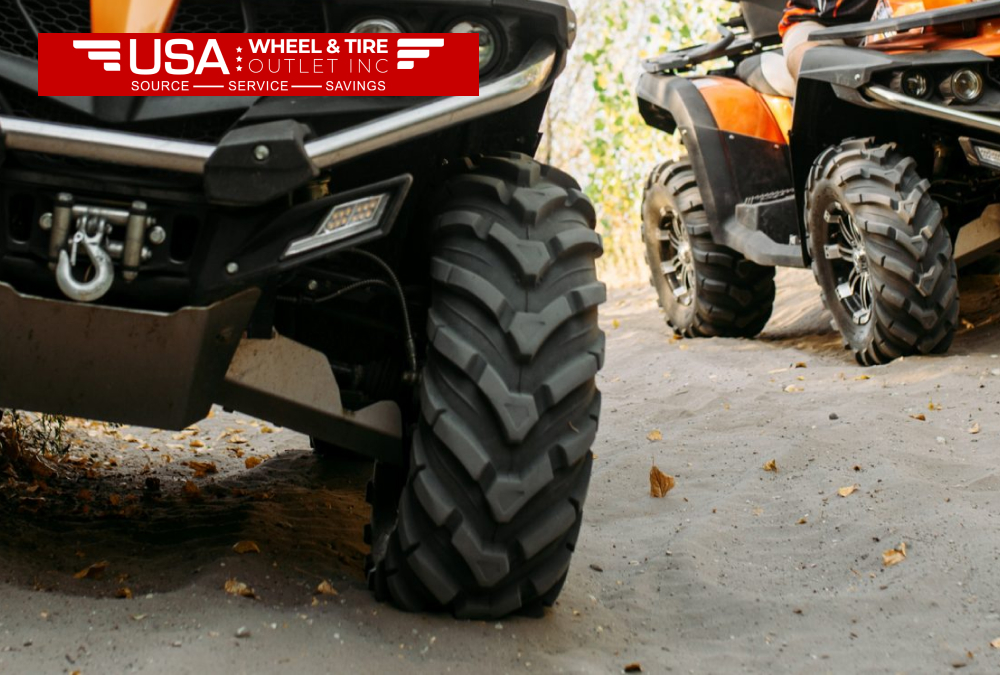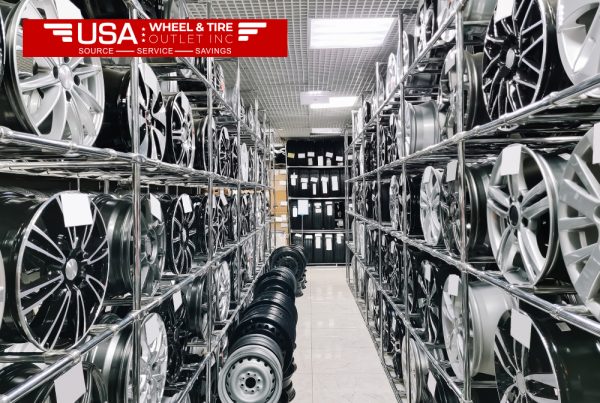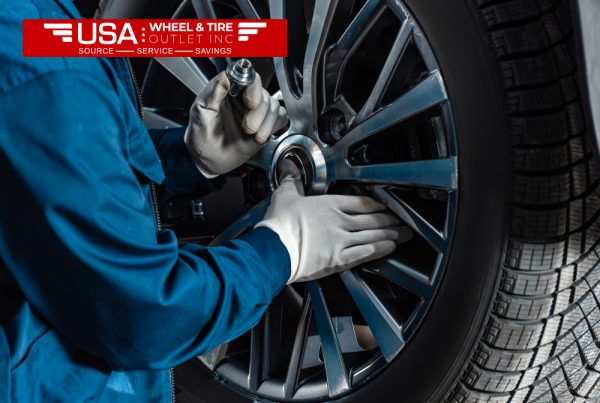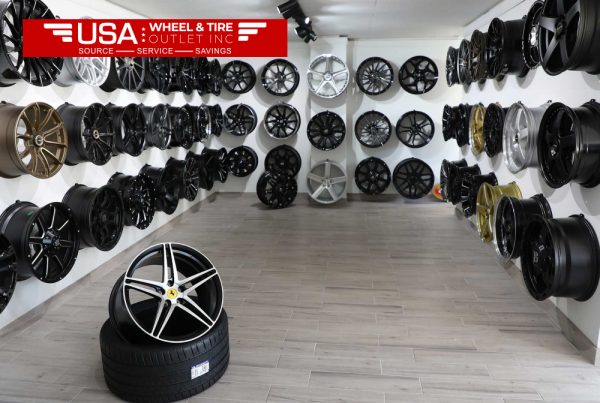ATV is designed to run over the toughest terrains, but to the outdoor enthusiast, farm worker, or industrial worker, the side of worrying about hitting a rock or two that will deflate the tires upon impact can stamp out their adventures or slow down work performance. That is where ATV-run flat tires come into action. Now, we see what ATV run flat tires are, some advantages of the same, and determine whether you can drive on flat tires. Some of the options will include 14-inch run flat ATV tires and 12-ply run flat tires.
What Are ATV Run Flat Tires?
What Are Run Flat Tires?
Run-flat tires are designed such that in case the air pressure in the tire is lost, one can continue driving the vehicle for some distance. Thus, it has incredible utility off-road, where punctures and flats commonly happen. In addition, run-flat tires also offer sidewall reinforcements, which will bear the weight of a vehicle even at extremely low speeds if that particular car has lost some air.
1. Sidewalls Reinforced: The most fundamental feature of a run-flat tire, of course, is the stiff sidewall construction that would keep the tire in form and be able to hold the weight of the ATV even if deflated.
2. Puncture Resistance: Most run-flats possess elements with designs that actually make them resistant to penetration by objects like sharp things on the trails.
3. Distance and Speed Limitations: With run-flat tires, you can always make it to a destination with a flat tire, but only for distance. Most car manufacturers do recommend that a tire deflated should not be traveled more than 50 miles at a speed of less than 30 mph. For further guidance, refer to the manufacturer’s special recommendations to the tire manufacturer.
Advantages of ATV Run Flat Tires
Given below are a few advantages of ATV run flat tires:
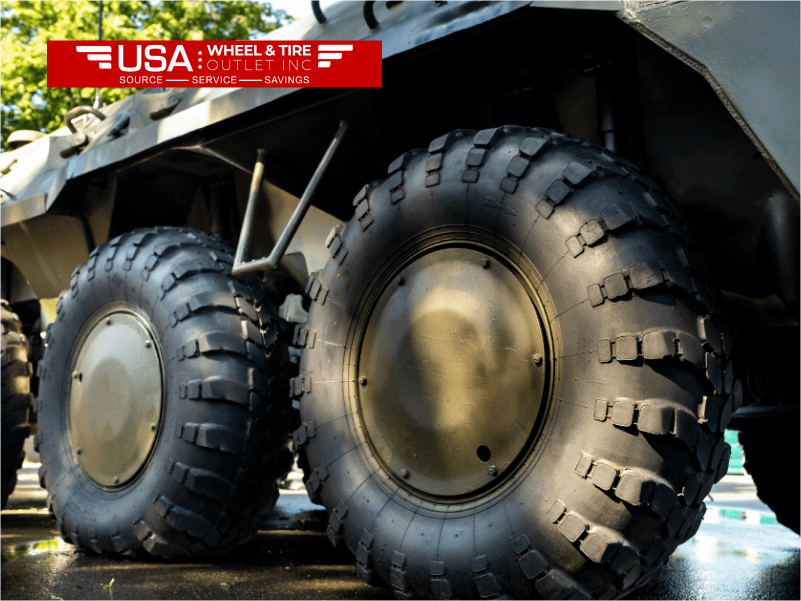
1. Improved Mobility
Perhaps the biggest plus of run-flats is you can drive on even if you get a puncture. This can be pretty handy sometimes in remote countries, where rescue may take several hours to reach you. Whether on a trail or a field, getting a little distance under the wheels can literally be life-saving.
2-Improved Safety
It is quite risky to the motorist since they may lose control abruptly, especially where the car is running on such harsh terrain. ATV Run-flat tires minimize the risk of accidents since they never lose control and get deflated.
3-Less Down Time
For example, in the scenario where operators are on ATVs, such as farmers or utility workers, then the downtime is going to be hugely enormous if a flat tire occurs. Operating on flat tires ensures that the downtime will have to be as low as possible and work will continue to run smoothly.
4-Convenience Flowing End
You won’t need to look for emergency roadside assistance or replace a tire in bad weather while racing with a flat. At such times, you have time in hand to decide exactly what the situation is and, therefore, make it easy to control the aftereffect of a tire breakdown without frustration at the immediate replacement of a tire.
Can we drive with ATV Tires?
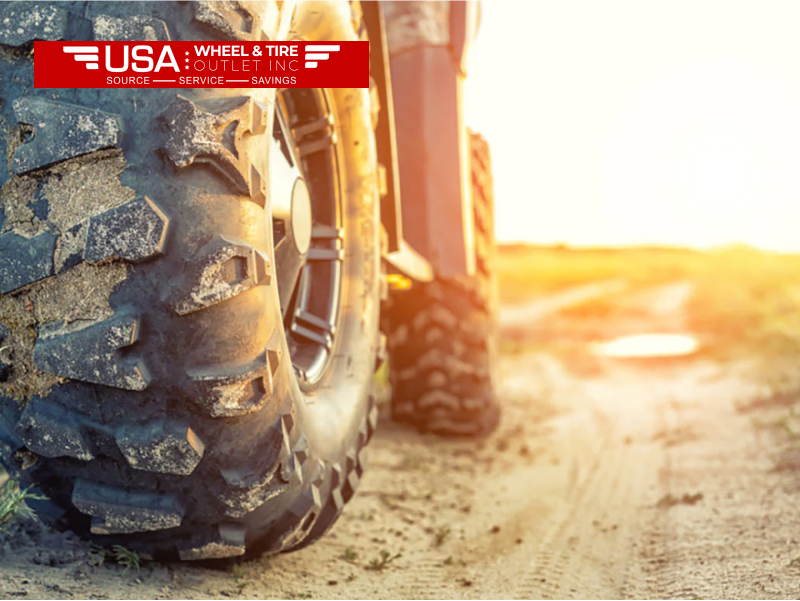
Yes, But Under Some Restrictions
Of course, you can run on a flat ATV tire, provided they happen to be run flat tires. However, you have to follow the distances and speed levels set by the manufacturer. Improper running of a flat tire can damage the tire along with the rim. Here’s what you should know:
Limitation of Mileage: Practically all the run-flat tires could be run just for a distance of around 50 miles when they were deflated. This mileage could stretch the tire beyond an irreparable point if one drove more than this limit distance.
Speed Limitations: The person must ensure that his speed does not cross 30 mph when driving with a flooded tire. Mileages are added at 30 mph so that one does not lose his control over the vehicle. This further prevents the destruction of the tire at the same time.
Damage Inspection:The best time for inspecting a tire is after it has flattened. The run-flat tire may even show no exterior indication of possible inside damage when used continuously.
ATV Run Flat Tires
The tires would be longer if the approach angle is small and the departure angle is large, but when they are too long, they do not go anywhere.
The 14-inch run-flat ATV tires have been great favorites of the users, especially when they can be used with most models of an ATV. Such an ATV tire somehow finds the right size and performance and grabs or rides excellent traction and stability on varied terrains.
Advantages
Versatile: Suitable for various terrains, such as muddy trails, rock paths, and sandy dunes.
Larger Load Weight: These mainly fit to accommodate larger loads. In utilitarian applications, it can be very good.
Traction: The tread pattern also comes in handy with better grip on the ground, especially proving beneficial during rides under harsh conditions.
12-ply run flat tires are mainly designed for heavy-duty applications and, hence, are provided with extreme strength and toughness. These are best for someone who loves several miles of off-road driving or the ATV is used as part of one’s work-related commuting.
Much higher Puncture Resistance: Multi-layered constructions result in very low chances of punctures.
Heavy Load Capacity: Supports the towing or carrying of heavy loads, and the main reason it is proper for utility applications.
Selecting the Best ATV Run Flat Tires
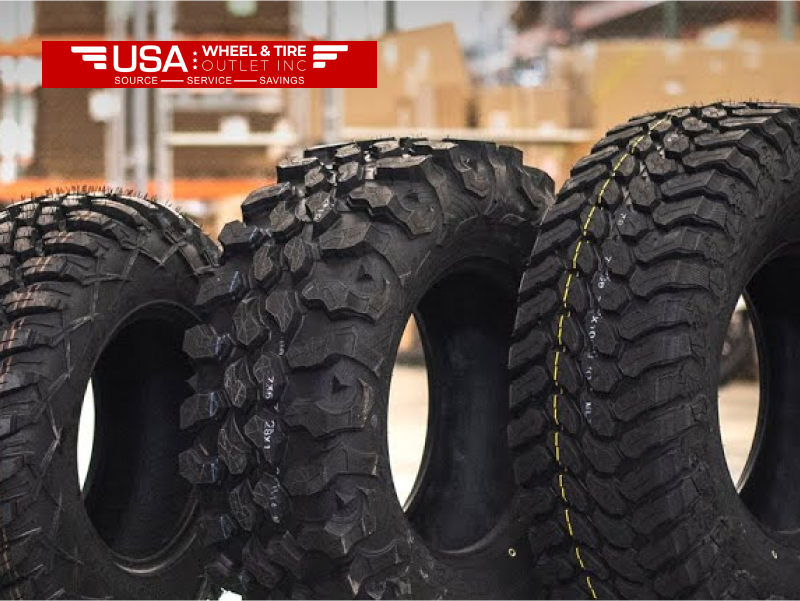
Selecting the best ATV run flat tires involves:
1. Compatibility
Make sure that you choose the correct tires for your particular ATV model. In most cases, it is wise that you refer to the owner’s manual or the manufacturer’s specifications regarding the size and type of tires recommended for your ATV.
2. Intended Use
Reflect on how you will use your ATV. If for sport in general, then you should be good with a 14-inch run flat. If you spend most of your working life in deplorable conditions or with heavy usage, you will want to look into 12-ply run flats, and that will give you much more durability.
3. Terrain
In fact, tires come in all shapes and sizes, with excellent types on every form of track, so choose the tires with tread patterns to be used in exactly what environments you will drive through—mud, sand, or rocky trails.
4. Responsible Brands
Buy quality tires from responsible producers for the environment. Among such responsible brands are USA Wheels and Tires, giving you wide ranges of tires through which you have the chance of getting long-lasting and performance-oriented ATV tires.
Conclusion
ATV run-flat tires are truly intelligent investments if you want to taste an improved off-road experience conveniently. It provides the ability to keep driving even after losing some air pressure to make it priceless in will be super cool for versatility factors and 12-ply run-flat tires for heavy-duty, so remote or rugged conditions.
Options like 14-inch run-flat ATV tires there will be an apt one for every rider’s requirement. But distance and speed limits according to measures defined by the maker of your tire have to be cautiously followed while driving on flat tires.
FAQs
1: What are the major benefits of ATV run flat tires?
ATV run flat tires have various benefits: include greater mobility following a flat, safety while in control, less down time for repair and ease of operation since you can continue driving for a short distance without help immediately. Off-road conditions will also benefit from their strong sidewalls and puncture resistance because more flats are likely to occur.
2: How far can I travel on flat ATV run-flat tires?
For most run-flat tires, you can travel approximately 50 miles. Keep your speed under 30 miles per hour to avoid further and more costly damage to your tire. You should also refer to manufacturer recommendations for distances and speeds you can maintain on a flat tire.
3: Can I use the regular ATV tires instead of run-flat tires?
Even though you may use conventional ATV tires, they do not offer the same safety and convenience compared to run flat tires. The bottom line is that conventional tires typically cannot support the weight of the ATV when deflated, thus leading to a loss of control and potential accidents. For off-road uses where flats are a concern, run flat tires are generally a safer and more dependable option.

